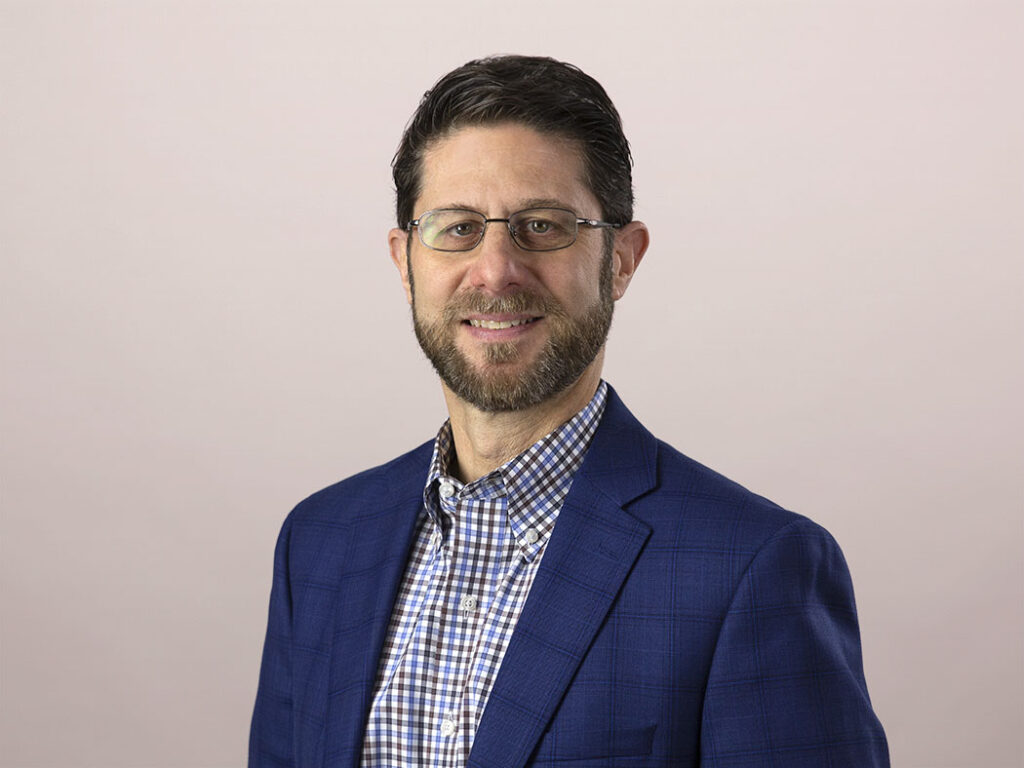’Tis The Season … For B2B Summit
It’s B2B Summit season again here at Forrester, and we’re having fun getting ready. Actually, the season for this year’s event in Phoenix began in September, so our research, events, editorial, graphics, and production teams spend more time on this event than not, making “season” a relative term.
For me, every B2B Summit cycle provides a number of journeys that are legitimately more valuable than their destination. I love every minute of our events, but the preparatory work makes me smarter, a better analyst, and more equipped to support our customers. This year, I have four sessions in development.
The first, chronologically, is well aligned with the event theme of staying ahead of “buyer mayhem,” since our research shows that 90% of B2B buyers are already using generative AI (genAI) within their purchasing motions. In our practitioner panel — “GenAI, Cobots, And Your GTM Team: Where Do Humans Still Fit In?” — I’ll be hosting Gail Behun, Kevin Clemence, and Jonathan Kvarfordt in a lively conversation. We’ll focus on three takeaways: the table-stakes elements of genAI that delegates should absolutely already be using, the leading-edge attributes that they should currently be exploring, and the human-first duties of marketing, sales, and product leaders that should not be supported by AI. This session is representative of how B2B Summit is evolving: fewer one-to-many presentations and more interactive, audience-centric sessions.
Next, I’m copresenting on Wednesday morning, April 2, with Betsy Summers from Forrester’s future-of-work research team, on “Managers As Coaches: Can You Wear Both Hats Successfully?” We’ll acknowledge that every B2B leader’s job description includes the expectation to coach their team members to higher skill, better performance, and a more fulfilling career. Yet the skill sets and outcomes for management, leading, and coaching are incredibly different — and often in direct conflict with each other. That leaves many managers and leaders to learn, often informally and blindly, how to coach their team members. Spoiler alert: If you’re a “Ted Lasso” fan, don’t miss this session.
A second panel I’m participating in, “No Plan Is An Island: Program Planning For Improved Campaign Impact,” brings together my colleagues Amy Bills, Kelvin Gee, and Craig Moore for a fun and interactive discussion. When marketing campaigns are developed, not all creators think through the details of reputation, demand, engagement, and enablement: These need to be intricately aligned if there’s a hope for measurable success. I’ll be addressing the revenue enablement piece, focusing on the how, who, when, and where defined by our well-known activity-based enablement model.
Finally, true to the spirit of B2B Summit delegates learning from one another and not only from Forrester analysts, our B2B Programs Of The Year Awards will reveal “what great looks like” for revenue leaders, enablers, and channel owners. Nominations are in, vetting is underway, and announcements are pending. Along with our B2B Return On Integration Honors, our seven B2B Programs Of The Year Awards sessions on Wednesday, April 2, will showcase amazing results from organizations willing to do the hard work to stay ahead of “buyer mayhem.” Here’s a great example of a recent B2B sales winner.
